Mastering Retail Terminology: Understanding the Language of Trade
By Lily Syafiqa · 19th November, 2023
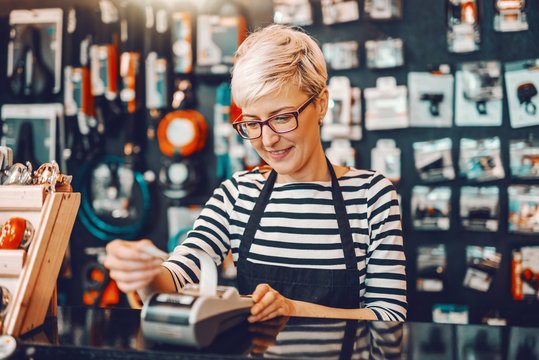
Whether you're starting your journey in retail or aiming to refine your expertise, understanding the language of the trade is crucial. Our insightful glossary covers a wide range of terms that are vital for anyone involved in the retail industry, helping you to communicate effectively and stay informed.
Bundled Pricing
Bundled pricing involves selling goods and services together at a lower price than if they were purchased separately. It's commonly seen in options packages, meal deals at restaurants, and streaming subscription plans. This strategy can increase profit by offering discounts on items that are not selling well individually.
Buy Now, Pay Later (BNPL)
BNPL allows customers to purchase products immediately and pay for them in installments. This is particularly effective for large-ticket items or luxury goods.
Buy Online, Pickup In Store (BOPIS)
A retail strategy allowing customers to purchase items online and then pick them up at a physical store location. This approach combines the convenience of online shopping with the immediacy of in-store pickup, reducing shipping times and costs while providing customers with a flexible shopping experience.
Chargeback
A chargeback is a return of funds to a payment card after a customer disputes a purchase. It can happen with bank accounts or credit cards and is effectively a refund for various reasons like returns, duplicate charges, or technical issues.
Cloud POS
A cloud POS is a web-based point-of-sale system that processes payments through the internet, rather than on local computers or servers.
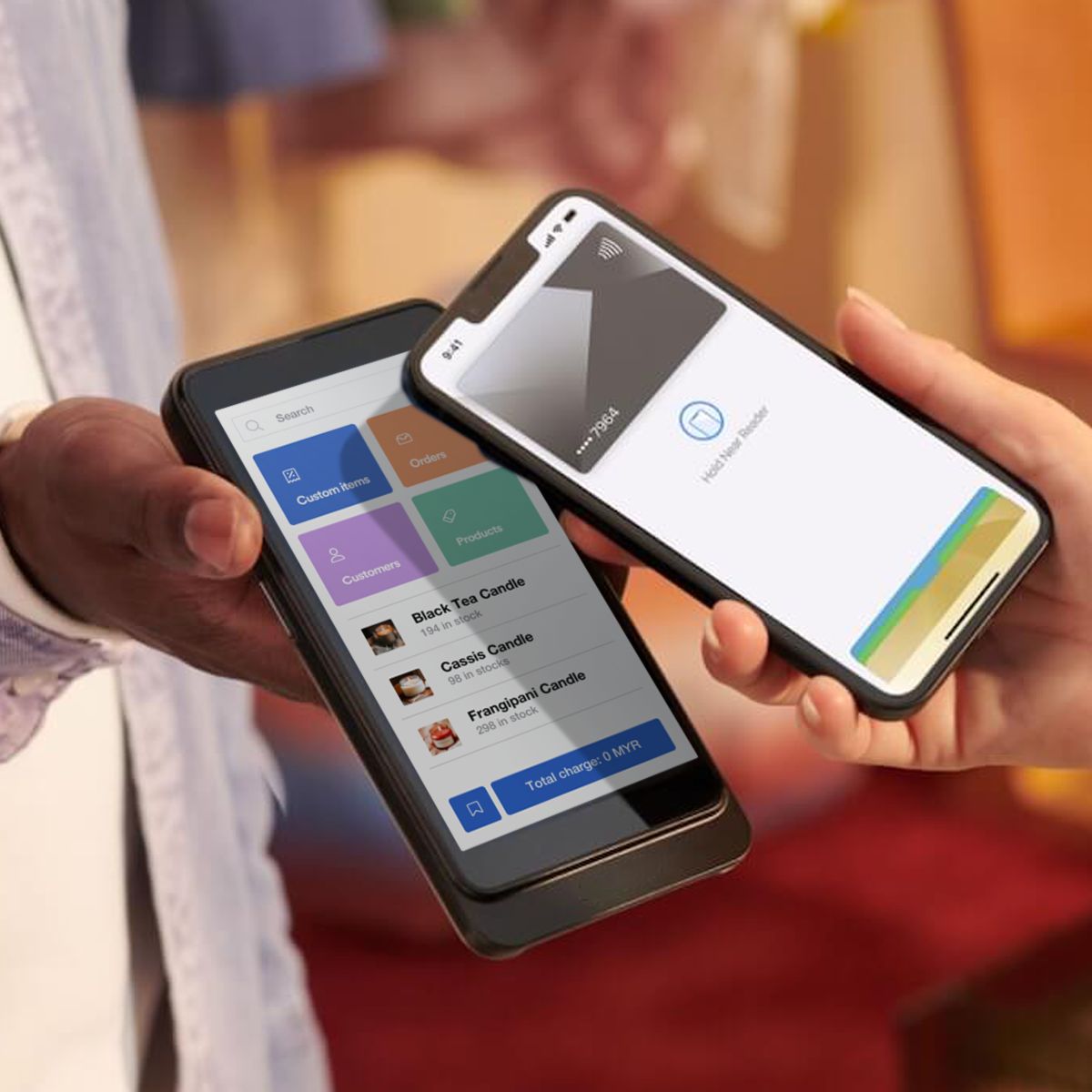
Contactless Payments
Contactless payments use near field communication (NFC) allowing customers to pay without touching the payment terminal. This includes mobile payments like Apple Pay.
Consumer Packaged Goods (CPG)
CPG are items used daily and have a short shelf life, needing frequent replacement. Examples include food, beverages, tobacco, clothing, and household products.
Conversion Rates
This metric measures the percentage of store visitors who make a purchase.
Cross Merchandising
Retailers display unrelated products from different categories together, often connected by a common theme, to encourage customers to buy them all.
CRM (Customer Relationship Management)
An online system for managing relationships with current and prospective customers, storing their information online.
Consignment Merchandise
Merchandise not owned or paid for by the retailer until it's sold. The retailer pays the seller a percentage of the funds generated upon sale.
Dead Stock
Products that have never sold or been in stock for a long time, also known as dead inventory.
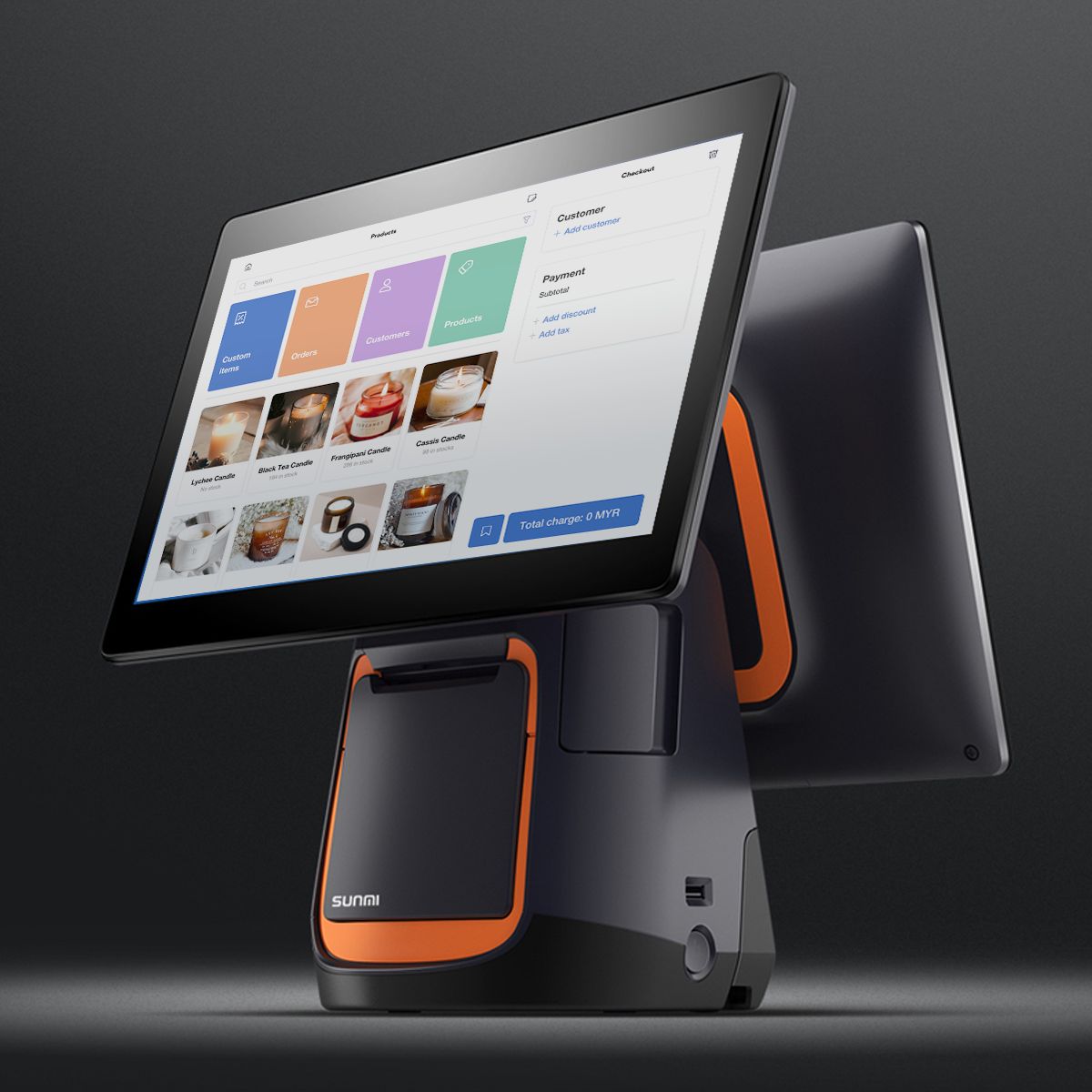
Desktop Terminals
A desktop terminal for Point of Sale (POS) is a computerized system used in retail and service settings for handling sales transactions. It includes components like a monitor, keyboard, barcode scanner, and receipt printer, and runs POS software for tasks like scanning items, processing payments, and managing inventory. These terminals streamline checkout, record sales data, and enhance customer service efficiency.
Dropshipping
A business model where the company doesn't maintain inventory or own a warehouse but partners with a supplier who ships products directly to customers.
Flash Sales
Brief promotions or discounts with limited quantities to encourage impulse buying due to the fear of missing out.
Footfall
The measurement of the number of people entering a business premises.
Forecast
An estimate of future demand for goods or services, based on past demand, trends, and seasonal patterns.
Franchise
A licensing relationship where a franchisor issues a license to a franchisee to operate under the business’ name, often specifying the products and services to be provided.
Fulfilment
Fulfillment in business involves processing, packing, and shipping orders to customers. It is a crucial part of the customer service and supply chain process, ensuring that customers receive their products promptly and in good condition.
Gross Margin
Total sales revenue minus the cost of goods sold, divided by total sales revenue, expressed as a percentage.
Inventory Management
The process of knowing when to restock items, in what quantities, and at what price, often automated with POS technology.
Inventory Turnover
The frequency at which inventory in stock is sold or used during a given period.
Membership Tiering
Assign customers to tiers with personalized rewards based on their spending levels. Encourage repeat purchases to unlock the next membership tier.
Merchandising
Marketing strategies where retailers present goods and services to potential customers appealingly to encourage sales.
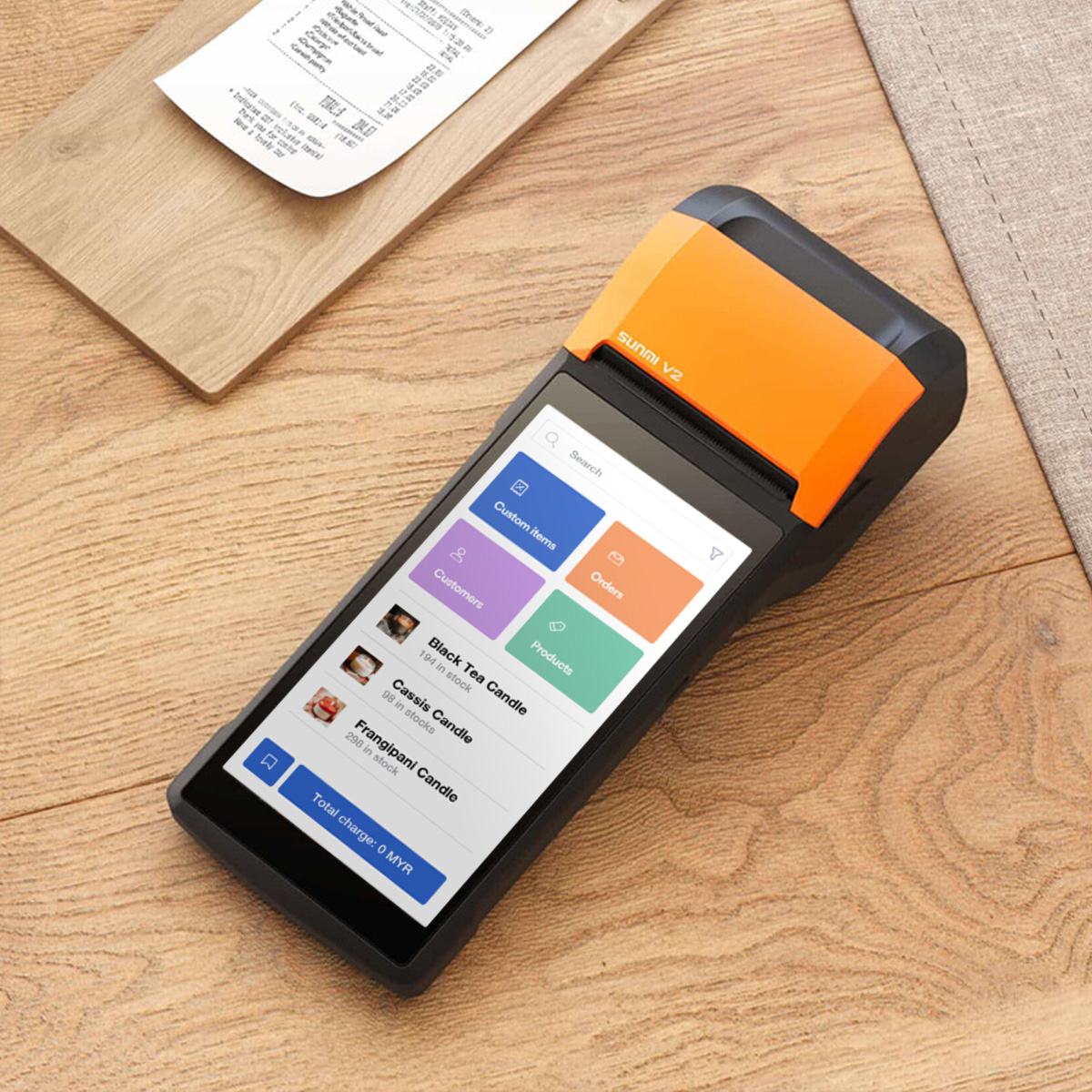
Mobile Terminal
A mobile terminal for Point of Sale (POS) is a portable, handheld device used to manage sales transactions in various settings. Equipped with capabilities such as scanning, payment processing, and receipt printing, these devices often run POS software and can connect wirelessly to larger systems. Mobile POS terminals offer flexibility and mobility, enabling transactions in locations like pop-up stores, bazaars and outdoor settings.
Net Profit
The actual profit after working expenses have been paid.
Net Profit Margin
The percentage of revenue left after expenses have been deducted from sales.
Net Sales
The revenue a retailer makes during a specific time period, after deducting customer returns, markdowns, and employee discounts.
Omnichannel Retail
Omnichannel is a strategy that integrates multiple sales and communication channels, such as online stores, social media, mobile apps, and physical stores, to provide a seamless and consistent shopping experience across all platforms.
Online Merge Offline (OMO)
OMO is a retail strategy that blends digital and physical shopping experiences. It extends beyond the integration seen in omnichannel approaches by deeply intertwining online and offline worlds, allowing customers to seamlessly switch between them.
Find out more about how EasyStore can support your OMO strategy here.
Online-to-Offline (O2O)
Online-to-Offline (O2O) is a business strategy that encourages customers to move from digital transactions or engagements on an online platform to a physical, brick-and-mortar location, or vice versa. This approach aims to create a seamless customer journey, where online marketing, advertising, or browsing leads to offline activities like purchasing in a store, attending an event, or utilizing a service.
Point of Sale (POS) System
A system used by retailers to ring up sales and track transactions, often including modern setups like computers, barcode scanners, and card readers. More about EasyStore's POS solutions here.
Pop-Up Shop
A short-term shop set up in various locations for a limited time. Learn more about how BVERA's venture into pop-up shop accelerated their business growth.
Product Life Cycle
The stages a product goes through from conception until it's removed from the market.
Quantity Discount
A reduced price per unit when purchasing an item in bulk.
Revenue per Square Foot
Revenue per square foot is a metric used by retail businesses to assess the efficiency of their use of space in relation to revenue generated. It's calculated by dividing the total revenue by the total square footage of retail space. This measurement helps retailers understand how effectively their store layout, merchandising, and product assortment contribute to sales. It's particularly useful for comparing the performance of different stores in a chain or assessing the impact of layout changes in a single store.
Showrooming
When customers view a product in-store but purchase it online, often at a lower price.
SKU (Stock-Keeping Unit)
An alphanumeric code assigned to products for internal inventory tracking.
Social Commerce
The ability to make purchases within a social media platform, like buying directly through Facebook or Twitter.
Store Loyalty
When customers consistently choose a specific store for purchases, often encouraged by rewards programs or special discounts.
Supply Chain Management
Activities necessary to plan, control, and deliver a product, from acquiring raw materials to distribution to customers.
Unified Commerce
A strategy that fully integrates all sales and communication channels into one platform, providing a seamless and cohesive shopping experience across online and offline mediums. It centralizes data, offers consistent inventory visibility, and ensures real-time updates, enhancing customer convenience and streamlining business operations.
Unified Customer Experience (UCX)
A holistic approach in managing interactions with customers across all channels and touchpoints. This concept aims to create a seamless, consistent, and highly personalized experience for customers, regardless of how or where they choose to engage with a brand.
Interested to apply Unified Customer Experience approach to grow your business further? Click for more!
Unified Loyalty Program
Unify online and physical store members with one system. Track and reward customer loyalty with points, gifts, discounts, and vouchers based on membership status.
Visual Merchandising
Creating displays to attract customers and encourage purchases, starting from outside the store.
Warehouse Management System
Software and processes for managing warehouse operations from the time goods enter until they move out.
Wholesale
Selling products in bulk quantities to a middleman, who then sells to consumers or other retailers.
Latest articles
-
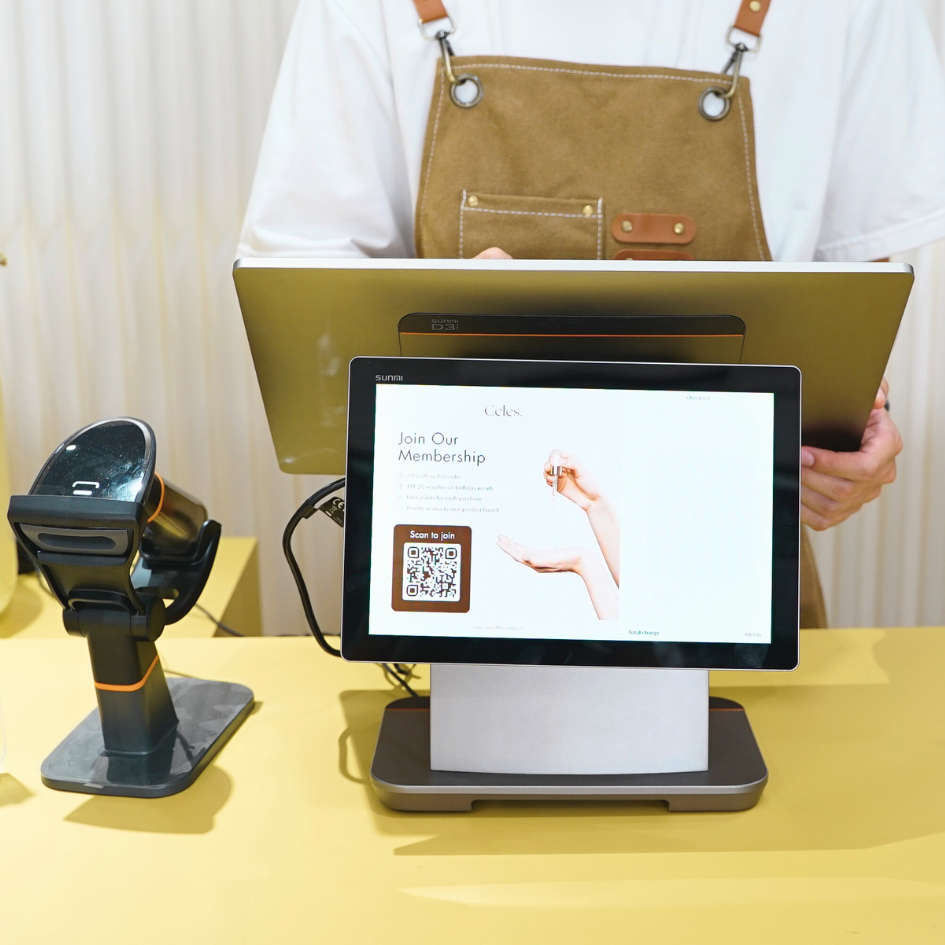
Top 5 POS System in Malaysia
By Cavan Koh · 19th Dec, 2024
-
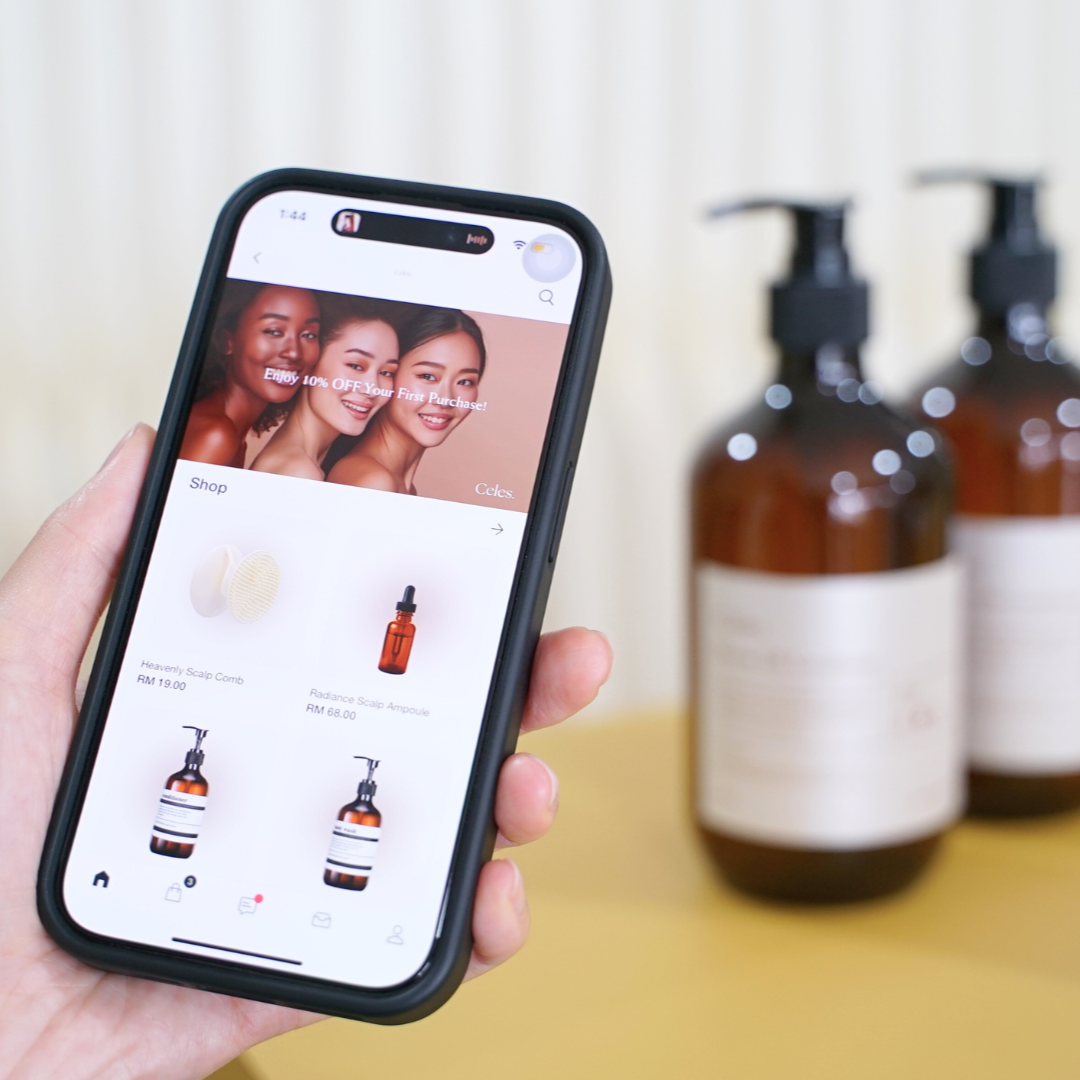
5 Things that will Surprise Customers Inside EasyStore Shopping App
By Cavan Koh · 19th Dec, 2024
-
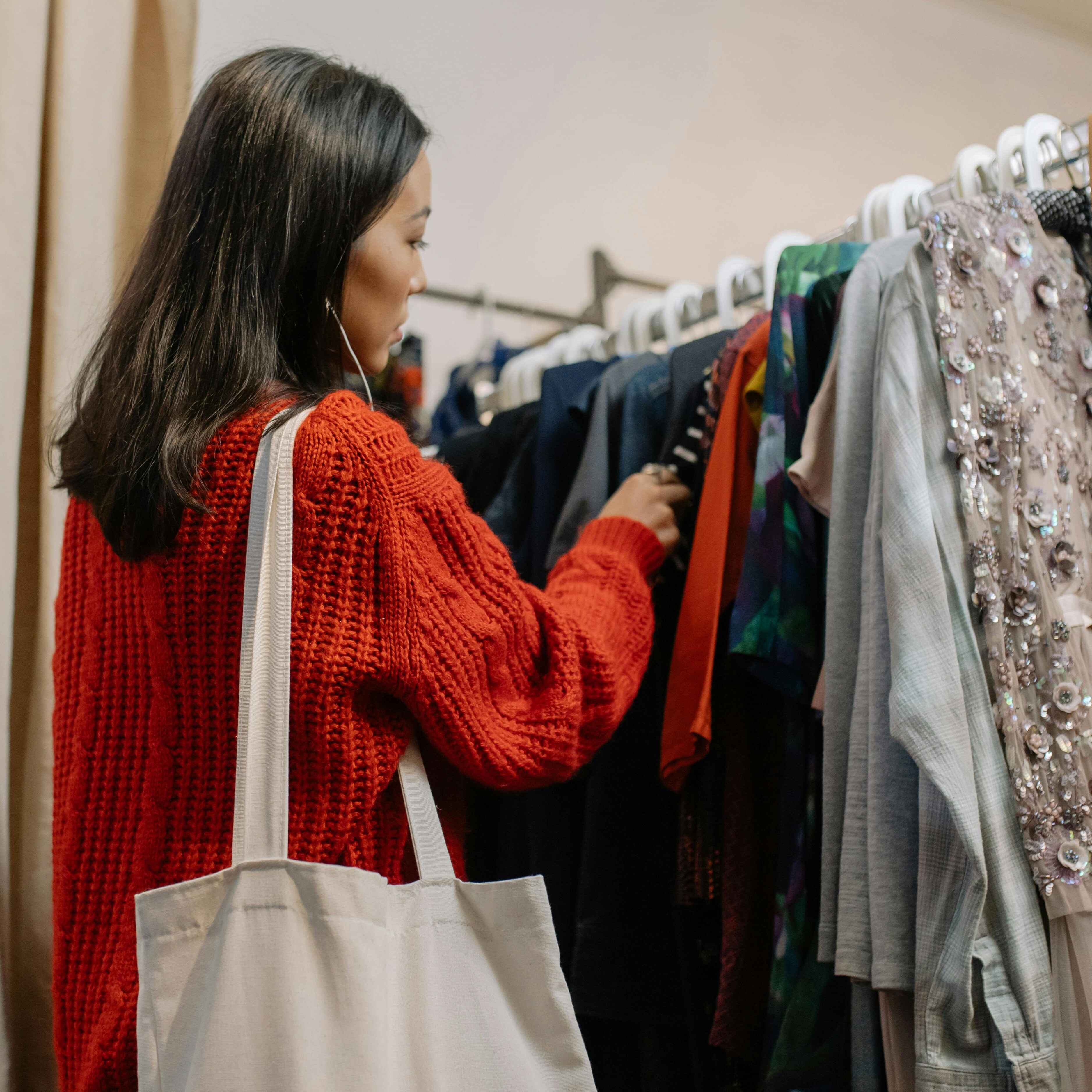
Customer Experience vs Customer Service: Whats The Difference?
By Cavan Koh · 15th Dec, 2024
-

5 Examples of Successful Loyalty Programs in 2024
By Cavan Koh · 14th Dec, 2024
-

November 2024 Product Updates
By Cavan Koh · 7th Dec, 2024
-
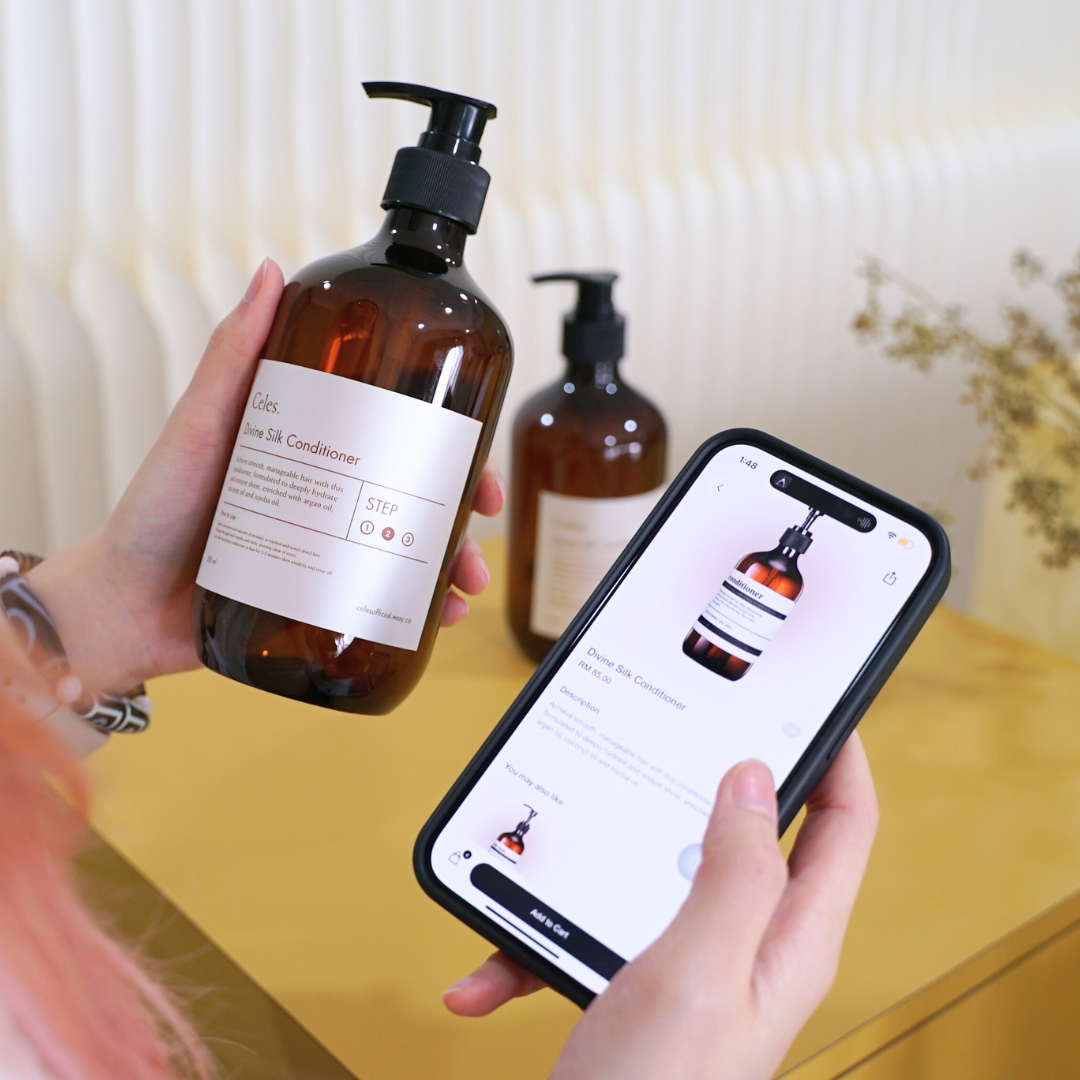
Build A Free Shopping App: Customers Shop On-the-go
By Kelie Wong · 24th Nov, 2024